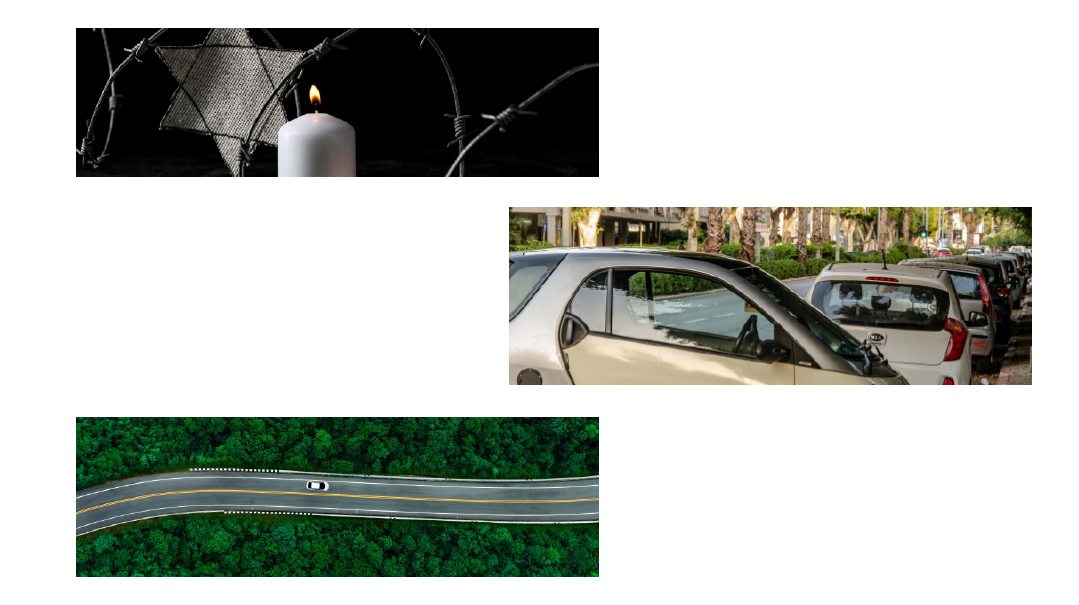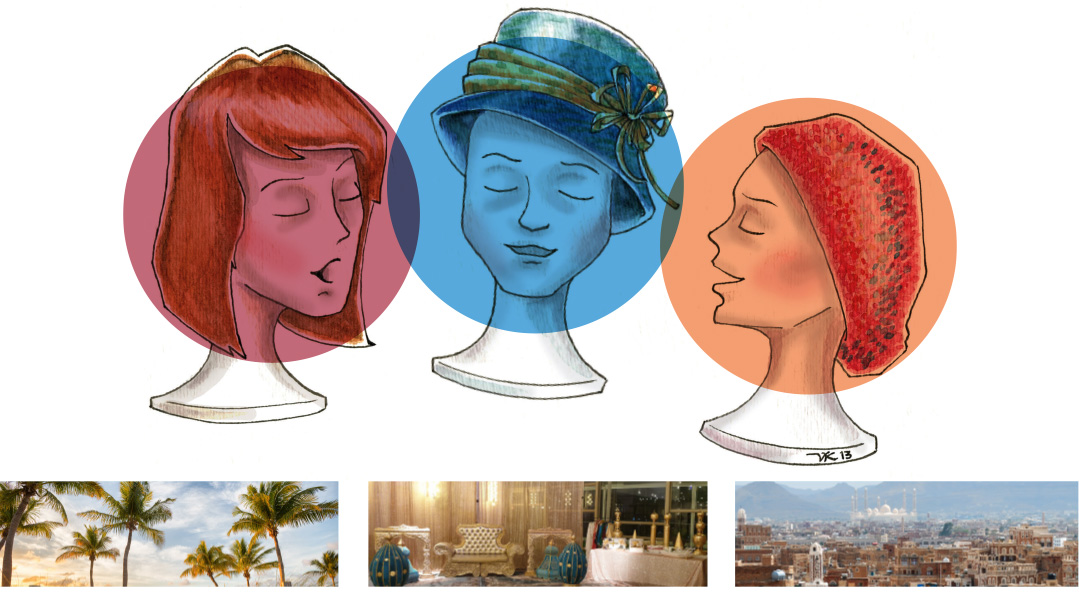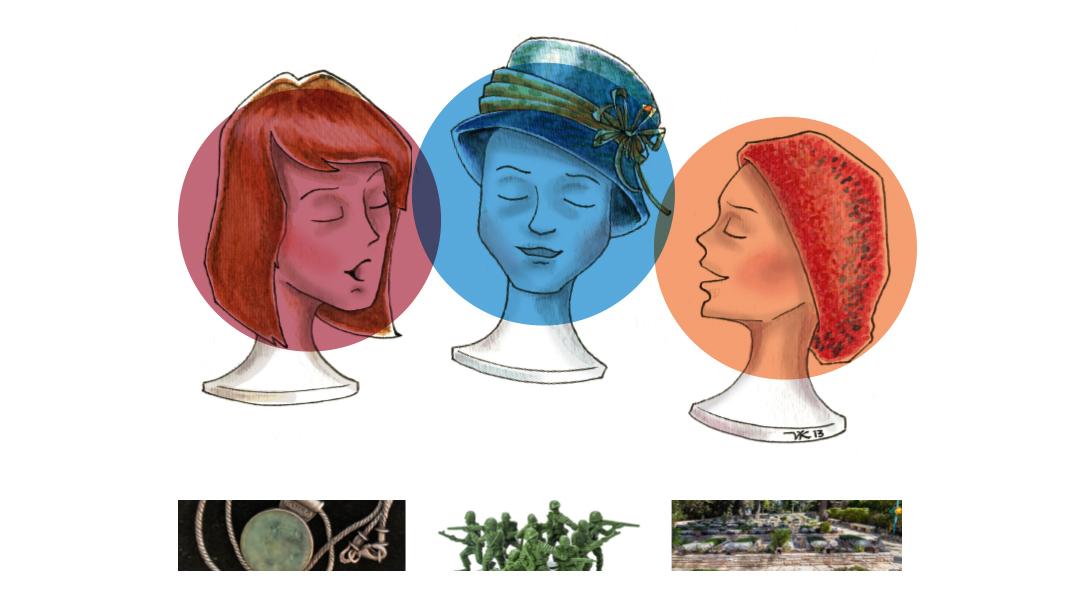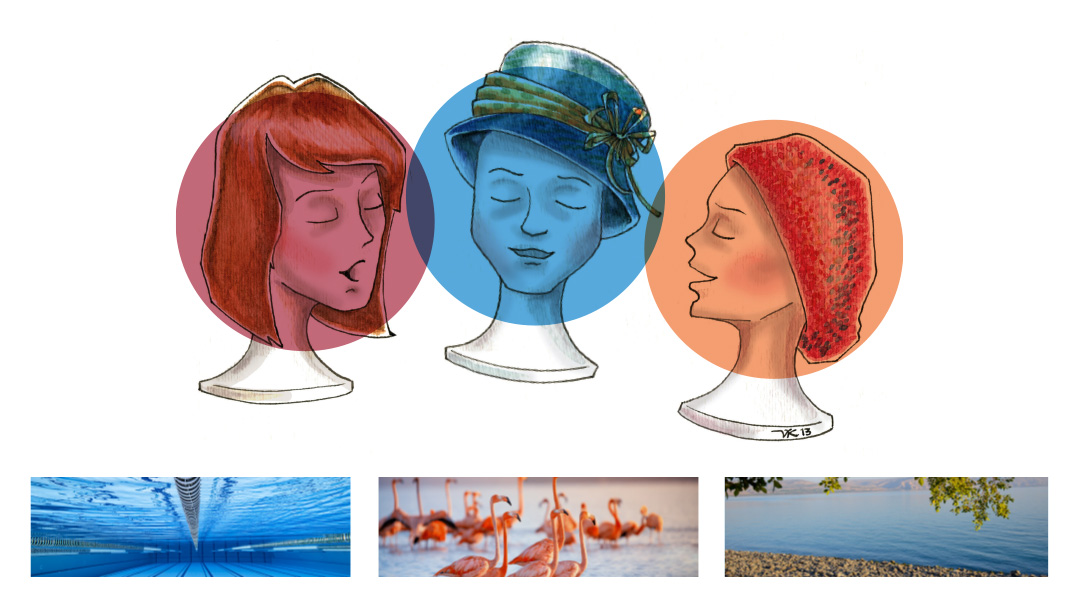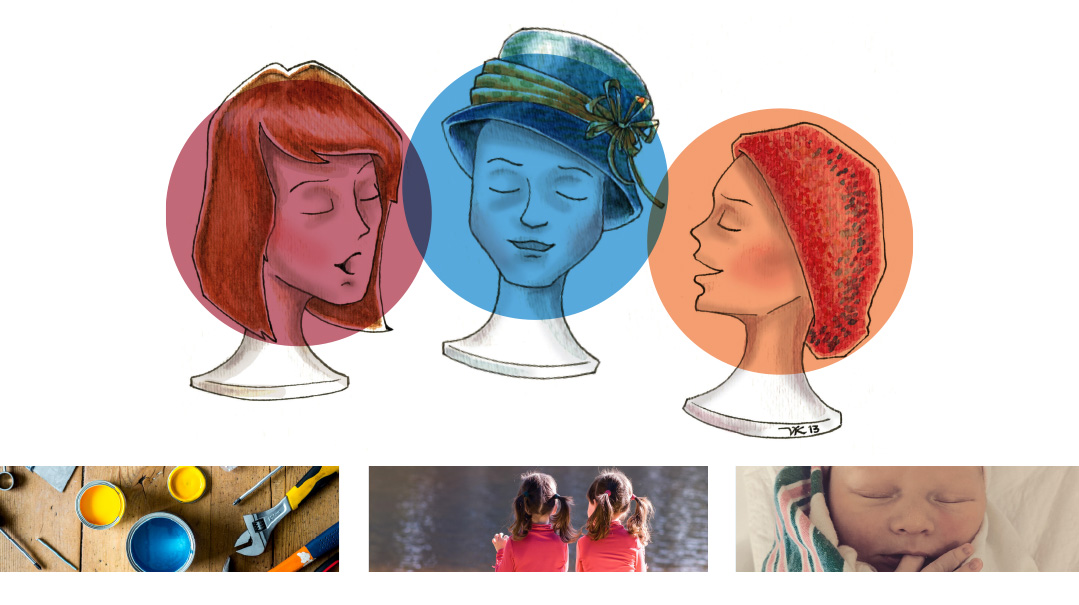Something Lost, Something Gained
| April 14, 2021We ponder what we’ve gained after sustaining more personal-sized losses: financial, vocal, and gemological (yes, it’s a word; we looked it up)
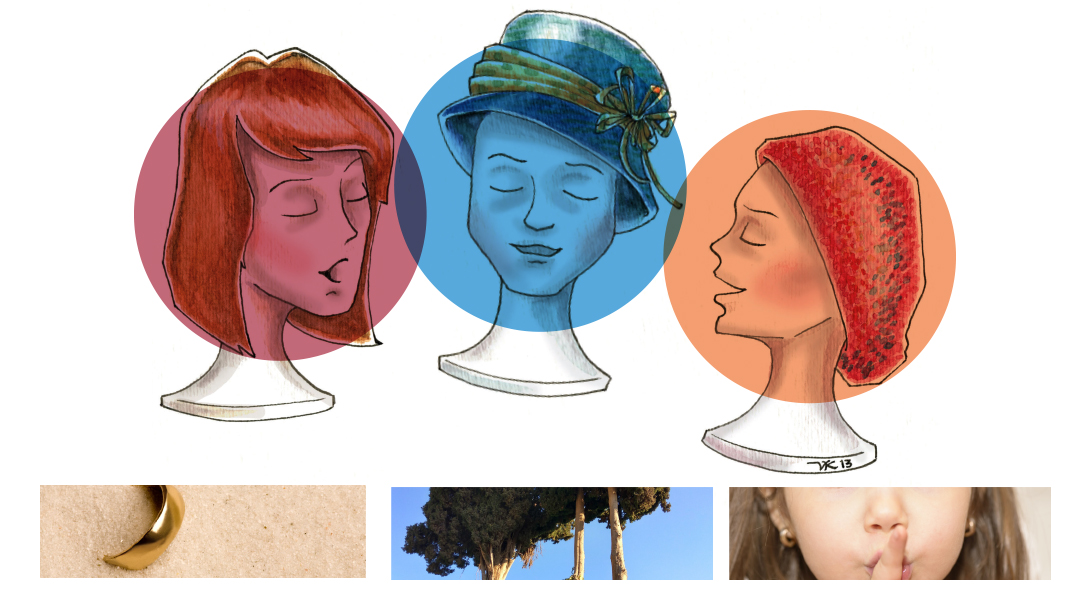
No, it’s not about how much weight we’ve lost and gained over the years. That would take a novel.
It would take even more than a novel to elaborate on all the losses and gains we’ve experienced over the past year. Entire history texts will inevitably be written. They’ll include chapters about the loss of our freedom to travel, shop in stores, dine out, go to work, learn in classrooms, hug our loved ones, gather with friends and family. They’ll tell how we lost the ability to breathe freely, unencumbered by masks, in many settings. Most of all, they’ll describe our pain at the loss of precious lives.
Fortunately, those tomes will also describe the things we gained during this past Year of the Pandemic. The improvements in communication technology. The flexibility of being able to telework. The reduced traffic congestion that, in turn, lowered two vital measurements: air pollution and commuter blood pressure.
And, of course, volumes of spiritual texts will highlight our stepped-up davening, our collective Tehillim efforts, our increased chesed, and our deepened understanding of this fundamental reality: that we may plan and plan, but in the end, everything is part of Hashem’s Master Plan.
No, we Sisters wouldn’t attempt to Schmooze about those epic-scale losses and gains. We simply invite you to join us as we ponder what we’ve gained after sustaining more personal-sized losses: financial, vocal, and gemological (yes, it’s a word; we looked it up).
Emmy Leah gives a virtual tour of…
The Lost Apartment
Ladies (and the occasional gentlemen who read Family First), please join me in my brief personal “virtual tour” of that well-known Jerusalem neighborhood, Shaarei Chesed. Come admire the lovely homes that dot the area today, the packed shuls (pre-pandemic, of course), the signs on poles and bulletin boards announcing shiurim and chesed programs.
Then let’s go back in time. Hear how the neighborhood was built in the early 20th century to provide poor religious families with subsidized housing. Get a glimpse of life in the tiny homes of the original owners.
See — or rather don’t see — the apartment my husband’s family lost there.
And the treasure that our family found instead.
Oops! We could not locate your form.


